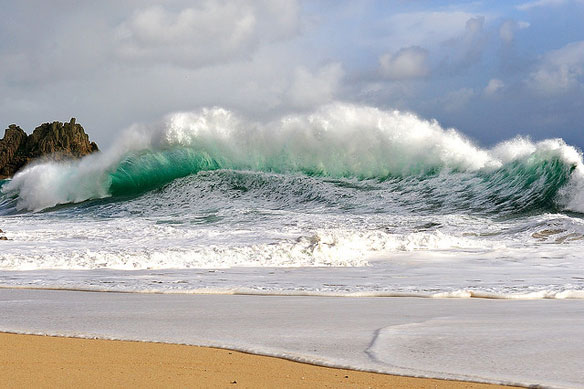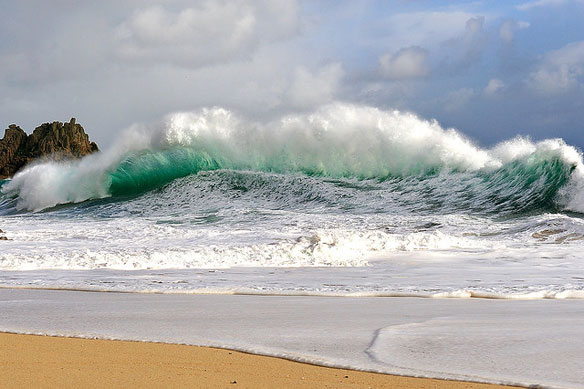
Photo source: ©© Midlander1231
Excerpts;
Over one-third of the world’s population already lives in areas struggling to keep up with the demand for fresh water. By 2025, that number will nearly double. Some countries have met the challenge by tapping into natural sources of fresh water, but as many examples, such as the much-depleted Jordan River, have demonstrated, many of these practices are far from sustainable.
“The globe’s oceans are a virtually inexhaustible source of water, but the process of removing its salt is expensive and energy intensive,” said Menachem Elimelech, a professor of chemical and environmental engineering at Yale and lead author of the study, which appears in the Aug. 5 issue of the journal Science…
Read Full Article, Yale University, in Science Daily
The Future of Seawater Desalination, Original Article in Science Magazine
In recent years, numerous large-scale seawater desalination plants have been built in water-stressed countries to augment available water resources, and construction of new desalination plants is expected to increase in the near future. Despite major advancements in desalination technologies, seawater desalination is still more energy intensive compared to conventional technologies for the treatment of fresh water.









